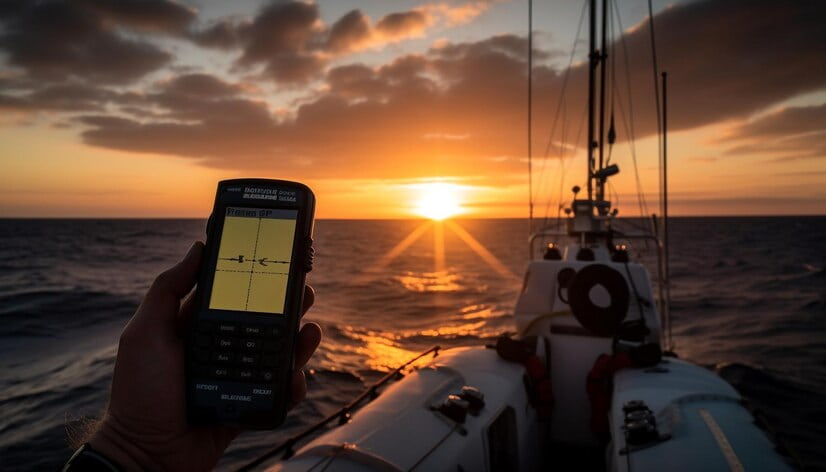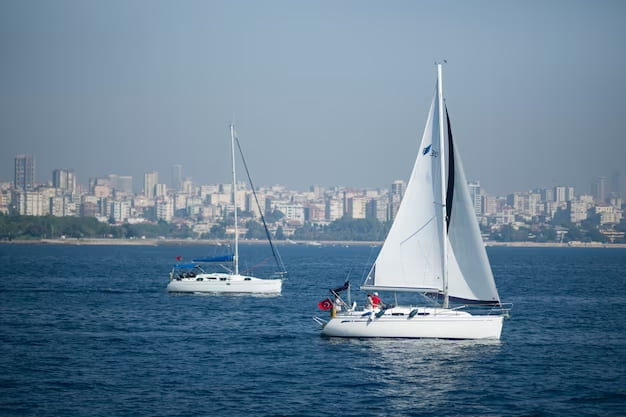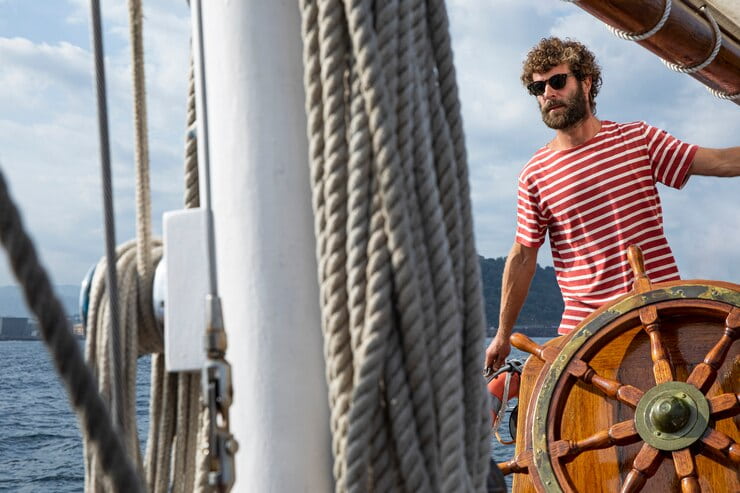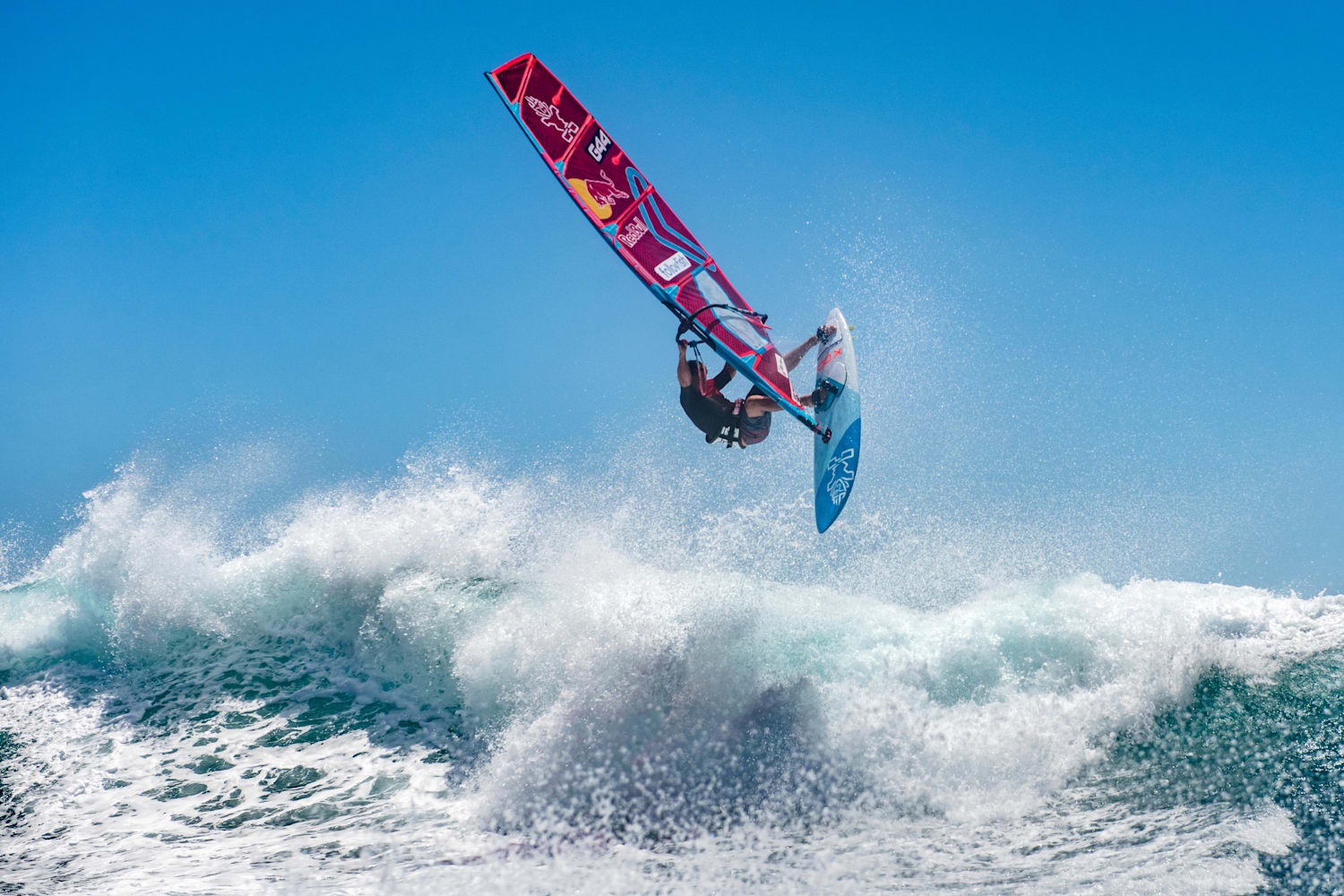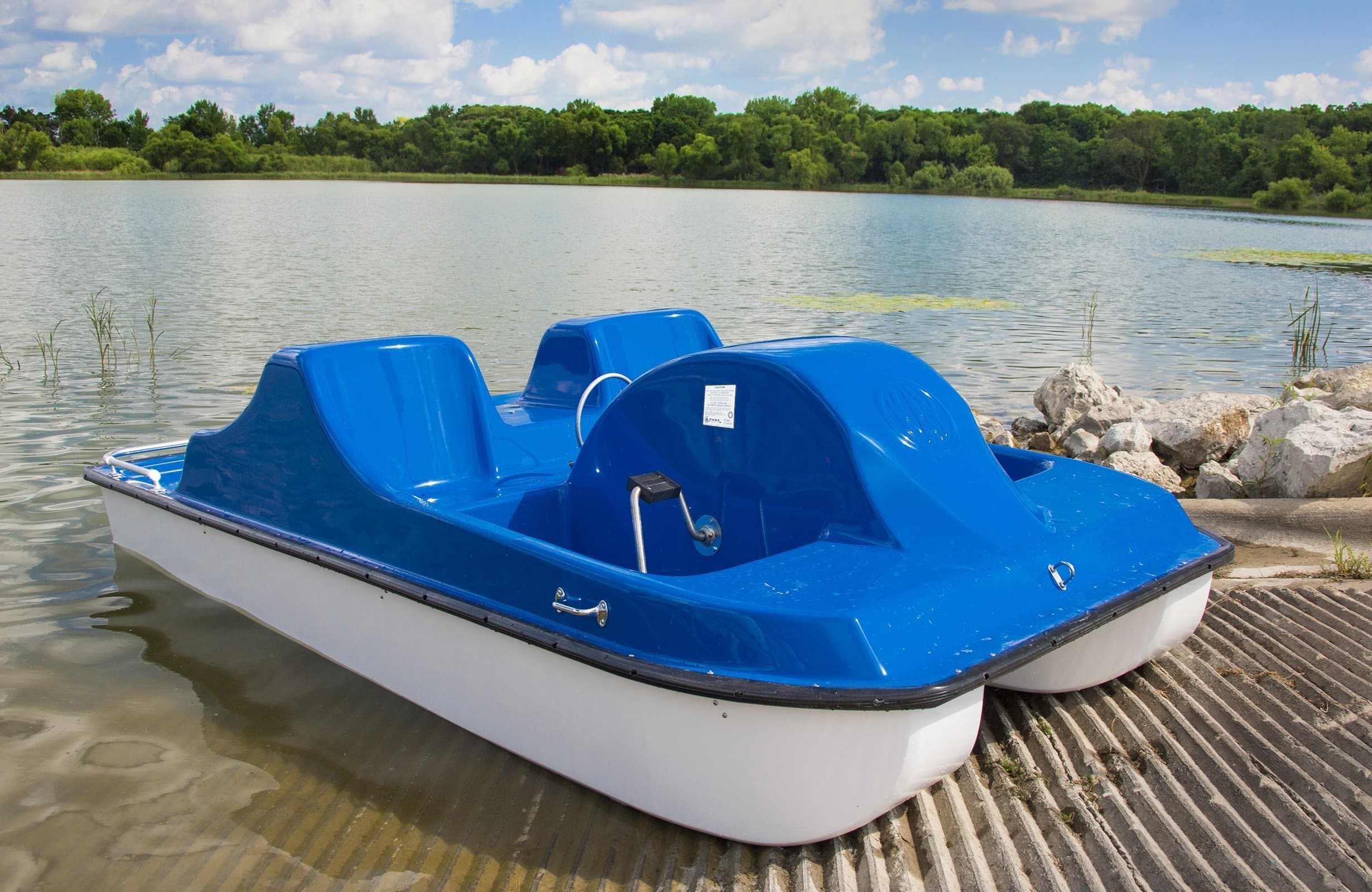Sail App Secrets: Tips and New Tools for Smooth Sailing
Embarking on a sailing adventure is a thrilling journey into the unknown, but modern technology has paved the way for safer, more informed voyages. In this comprehensive guide, discover the best apps for sailing in 2023 that seasoned liveaboards swear by.
Navigating the Seas: Essential Apps for Sailing
While the allure of disconnecting from technology is appealing, certain apps are lifelines for sailors, offering crucial information like weather forecasts and navigational aids.
Navigation and Anchoring Apps:
Navionics: Your Comprehensive Navigation Companion
Navionics isn’t just a chart plotter replacement; it’s a cost-effective solution providing comprehensive charts for an entire region. Its regular updates and crucial details about anchorages make it indispensable. However, a note of caution—relying solely on digital navigation could have its pitfalls.
Tides Planner: Tidal Information Simplified
Tides Planner from Imray is a boon for sailors in tidal regions, offering reliable data and ensuring accurate calculations, especially for those less adept at handling tidal range calculations.
MarineTraffic: Enhancing Safety on the Waters
This app leverages phone signals to access AIS information, aiding in the identification and tracking of boats in your vicinity. While not a foolproof solution, it provides valuable insights for collision avoidance, particularly in conditions of poor visibility.
Get real about sailboat living costs and plan your realistic budget
Google Earth: Visualizing Anchorages
Google Earth proves surprisingly handy for sailors seeking detailed visuals of anchorages, especially when other apps lack comprehensive information. It serves as a useful backup for confirming the suitability of anchorages.
Navily: Your Anchorage Encyclopedia
Navily, a go-to app for anchorage information, offers detailed insights into protection levels, bottom holding, and amenities. While highly beneficial, user experiences might vary, requiring a pinch of personal judgment.
Discover Sailmon App – free tracking on the water here
No Foreign Land: The Anchorage Goldmine
This website serves as a treasure trove of anchorage and marina reviews. Besides offering essential information, it fosters connections between sailors, making it an invaluable resource for those seeking camaraderie.
Anchor Watch: A Guardian for Your Boat
While some sailors swear by Anchor Watch for its GPS-based alarm system, ensuring protection against drifting, others encounter technical glitches. However, its concept remains promising for added security.
Predict Wind: Reliable Wind Forecasts
Predict Wind stands out for its accuracy and comprehensive wind forecasts. Its ability to compare various models and provide insights into predicted conditions makes it a go-to choice for many sailors, although it’s wise to add a buffer to predicted wind speeds for safety.
Windy: A Viable Alternative
For areas where other weather apps falter, Windy emerges as a preferred choice among sailors. While personal preferences might dictate ease of use, combining predictions from multiple apps offers a more holistic understanding of the weather.
Blitzortung: Lightning Alert System
When sudden storms strike, Blitzortung’s real-time lightning tracking provides invaluable information. Especially in regions prone to lightning strikes, this app offers a visual guide to storms, aiding in timely preparations.
Unveil the significance of sailboat masts here
Beyond Sailing: Other Useful Apps
Venturing beyond the confines of sailing-specific applications opens a world of versatile tools that complement and enhance a sailor’s experience.
Sail Expert: Maintenance Log Companion
Sail Expert, while offering a range of functions, shines in its ability to maintain detailed sailing and maintenance logs. Utilizing device sensors, it automatically records crucial voyage details, alleviating the burden of manual log-keeping.
Knots 3D: Knot-Tying Made Simple
Even seasoned sailors occasionally forget specific knots. Knots 3D comes to the rescue with its extensive database and 3D visualizations, facilitating easy knot-tying and retrieval of less frequently used knots.
Stargazing Apps for Sailing: Navigating by the Stars
For serene nights at sea, star gazing apps like Star Walk 2 offer celestial guidance. Their accuracy aids in identifying stars and planets, adding a touch of wonder and assisting in celestial navigation.
Audible: The Sailing Audiobook Oasis
While not a dedicated sailing app, Audible becomes a sailor’s best companion during long passages. Offering a diverse array of audiobooks, it keeps boredom at bay, making tedious tasks on the boat more enjoyable.
Should-Be Apps for Sailing
These ‘Should-Be’ apps offer diverse functionalities, ranging from financial management to informative resources, carving a distinctive place within the sailing community’s toolkit.
Revolut: Financial Management Simplified
Revolut, a financial management app, proves indispensable for sailors handling finances overseas. Offering excellent exchange rates and intuitive money management tools, it streamlines financial oversight while abroad.
YouTube: The Sailor’s Informative Hub
YouTube has evolved into a sailor’s encyclopedia, providing tutorials for boat maintenance and realistic portrayals of life at sea. A valuable resource, it offers insights into both challenges and joys of sailing.
Zoom, WhatsApp Video, or Skype: Bridging Distances
For sailors separated from loved ones, video calling apps like Zoom and WhatsApp are a lifeline. Enabling virtual connections, they alleviate feelings of isolation during long voyages.
Google Maps: Navigating Unfamiliar Shores
Exploring new territories becomes easier with Google Maps, helping sailors locate provisions or services in unfamiliar areas. Its versatility aids in planning and navigating both on land and at sea.
Instagram: Community and Insight Hub
Surprisingly, Instagram serves as a haven for sailors to connect, share experiences, and seek advice. Building a sailing-oriented profile facilitates networking within the sailing community, offering a wealth of knowledge and camaraderie.
New Sailing Apps on the Horizon
Discover the future of sailing assistance with these upcoming apps, set to revolutionize navigation, safety, and efficiency for seafarers:
SailGuru
SailGuru is an emerging app designed to provide real-time insights into weather patterns, wind shifts, and potential hazards. Its interactive interface offers detailed navigational charts and predictive analytics, making it a promising tool for planning safe and efficient passages.
TidalWave Navigator
For sailors navigating tidal waters, TidalWave Navigator integrates advanced tidal data with user-friendly mapping. Offering precise tidal predictions and current flow patterns, this app assists in optimizing routes and anchorage planning, especially in regions with significant tidal fluctuations.
BoatTracker Pro
BoatTracker Pro is revolutionizing boat safety. By leveraging cutting-edge GPS technology, it allows users to monitor their vessel’s location, receive alerts for unexpected movements, and share live tracking data with trusted contacts. This app offers peace of mind by enhancing security while on the water.
Sailor’s Log
Sailor’s Log is a comprehensive logbook app designed to simplify record-keeping and voyage documentation. Its intuitive interface allows sailors to log routes, track maintenance schedules, and capture memorable moments, serving as a valuable digital diary for every sailing adventure.
WindSense
WindSense is an innovative app that amalgamates local wind forecasts with live sensor data from nearby vessels. This collaboration enables more accurate wind predictions, aiding sailors in adjusting sails and optimizing performance based on real-time wind behavior.
Do you know about Waterspeed? Learn more here
Handy Tips and Life Hacks for Sailors
- Maximizing Solar Power: Optimize solar energy utilization by investing in portable solar panels. These can charge essential devices, reducing reliance on engine-driven charging and expanding energy autonomy while at sea;
- DIY Repair Toolkit: Equip yourself with a comprehensive toolkit for onboard repairs. Include essential items like epoxy putty, spare parts, and a repair manual tailored to your vessel. Basic DIY skills coupled with the right tools can solve many unexpected issues;
- Practical Knot Mastery:Expand your repertoire of knots by practicing a new one regularly. Knots like the bowline or the figure-eight knot serve multiple purposes and mastering them enhances safety and efficiency on board;
- Local Wisdom and Community Engagement: Connect with local sailors and communities in new ports. Often, locals possess invaluable insights into secluded anchorages, resourceful facilities, and off-the-beaten-path experiences that can enrich your sailing journey;
- Emergency Preparedness: Create a comprehensive emergency protocol and familiarize your crew with it. Conduct regular drills for scenarios like man overboard, engine failure, or sudden adverse weather conditions to ensure everyone is prepared to respond swiftly and effectively.
Conclusion
Each app serves as a digital compass, guiding sailors through the ever-changing tides of the seas. They aren’t mere tools; they’re companions, offering safety, knowledge, and sometimes, a touch of entertainment during long passages.
In this world of endless horizons, where the wind whispers tales of uncharted territories, these apps stand as beacons, illuminating the way forward. They represent innovation in the timeless art of sailing, empowering sailors with a vast array of resources, ultimately transforming the once-unfathomable seas into navigable, knowable realms.
As technology evolves and new horizons emerge, these sail apps continue to evolve, offering sailors not just convenience, but an endless journey of learning and discovery on the open waters. They reflect the fusion of the past and the future, encapsulating the spirit of exploration that defines the essence of sailing itself.
